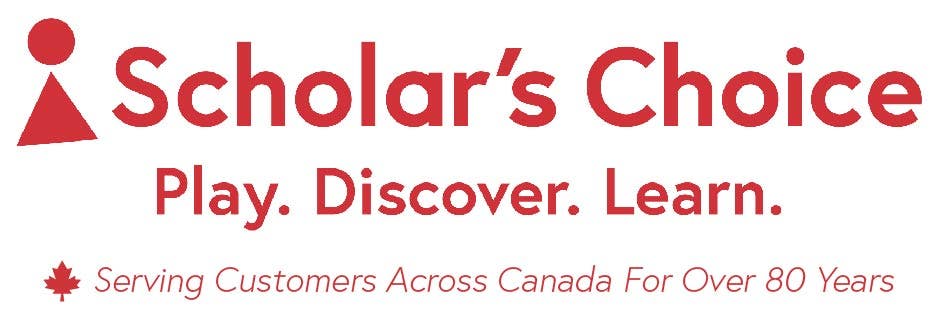Scholar's Choice


The science of reading refers to the research-based understanding of how reading and literacy skills develop and how they should be taught. It draws upon findings from various scientific disciplines, including cognitive psychology, linguistics, neuroscience, and educational research. The science of reading provides evidence-based practices and strategies that can be used effectively in early years literacy programs. Here's how it can be applied:


1) Phonological Awareness and Phonics
Phonological awareness, the ability to recognize and manipulate sounds in spoken language, is a foundational skill for reading. Early years literacy programs should incorporate explicit instruction in phonological awareness, including activities that focus on identifying and manipulating sounds in words. Phonics instruction, teaching the relationship between letters and sounds, is also crucial for developing reading and spelling skills.
2) Systematic and Structured Approach
The science of reading emphasizes the importance of a systematic and structured approach to teaching reading. This involves introducing phonics skills in a logical sequence, starting with basic letter-sound correspondences and gradually progressing to more complex patterns. A structured approach ensures that children receive consistent and cumulative instruction, building a strong foundation for reading.
3) Language and Vocabulary Development
Language and vocabulary skills are closely linked to reading comprehension. Early years literacy programs should promote rich oral language experiences, including conversations, storytelling, and exposure to a variety of texts. Vocabulary instruction should be explicit and include both oral and written vocabulary development.
4) Fluency and Automaticity
Fluent reading is characterized by accuracy, speed, and expression. Early years literacy programs should include activities that support reading fluency, such as repeated reading, guided oral reading, and opportunities for independent reading practice. Building fluency helps children focus on comprehension and develop a love for reading.




5) Comprehension Strategies
Effective early years literacy programs incorporate explicit instruction in comprehension strategies. These strategies include predicting, questioning, summarizing, and making connections to enhance understanding. Teaching children how to actively engage with text promotes comprehension and critical thinking skills.
6) Assessment and Monitoring
Regular assessment and monitoring of children's progress in reading is essential. This allows educators to identify areas of strength and areas that require additional support. Assessments can be used to inform instruction, provide targeted interventions, and track progress over time.
7) Professional Development
Teachers and educators should have access to professional development opportunities that provide knowledge and skills related to the science of reading. Ongoing training ensures that educators stay up-to-date with evidence-based practices and can effectively implement them in early years literacy programs.
8) Collaborative Efforts
The science of reading emphasizes the importance of collaboration among educators, administrators, and families. Creating a cohesive approach to literacy instruction involves consistent messaging, shared resources, and open communication channels. Collaborative efforts ensure that children receive consistent and supportive literacy experiences across home and school settings.


By applying the principles of the science of reading in early years literacy programs, educators can provide effective instruction and support to children, setting them on a path to develop strong reading and literacy skills.

